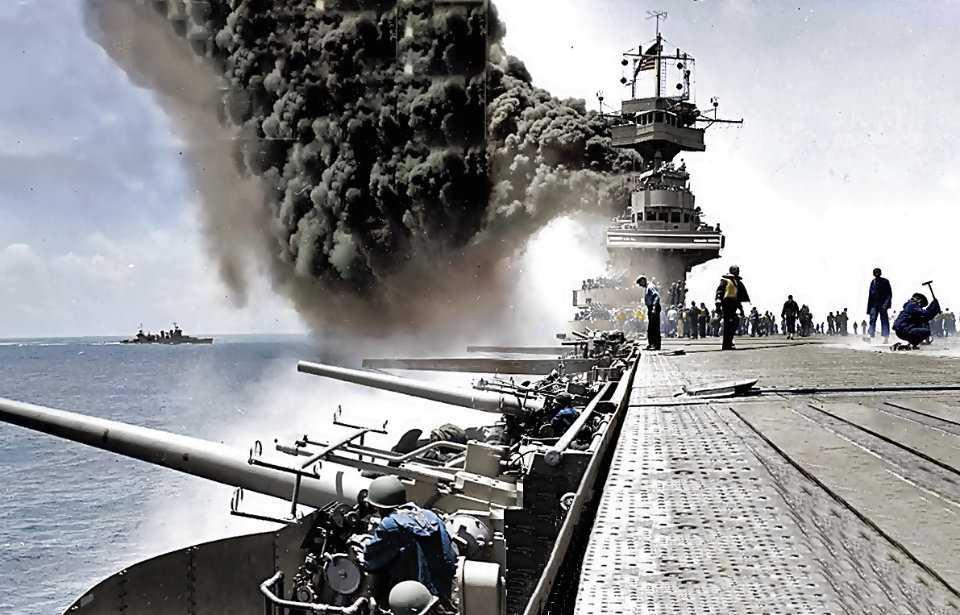The Battle of Midway was an integral part of America’s fight in the Pacific Theater. The engagement resulted in extensive damage to the Imperial Japanese Navy’s (IJN) fleet, but what many may not be aware of is that it was also the scene of one of World War II‘s biggest security breaches… Well, it would have been if everyone had been a touch more observant.
Battle of the Coral Sea
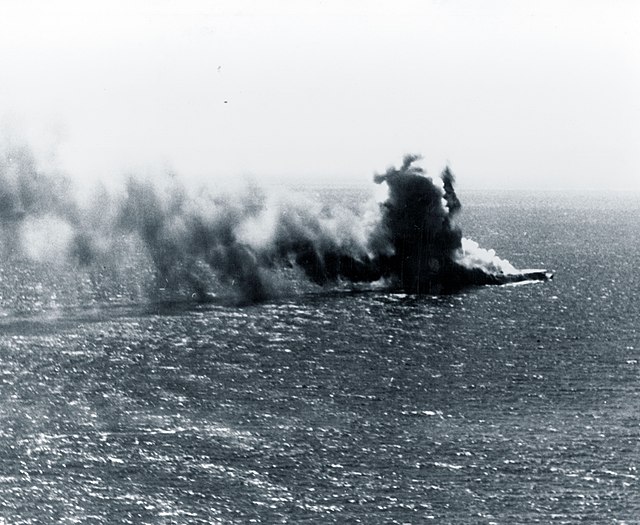
The story begins with the Battle of the Coral Sea in May 1942, a month before the Battle of Midway. Australian-American reporter Stanley Johnston, writing for the Chicago Tribune newspaper, was aboard the USS Lexington (CV-2). Having been vetted by the Federal Bureau of Investigation (FBI), he was the only journalist aboard the American aircraft carrier.
During the engagement, Lexington was sunk by the Japanese. While evacuations were underway, Johnston ran below deck to rescue sailors who’d been badly burned and helped transfer them onto the USS Barnett (APA-5). From there, he and the other survivors began their voyage to San Diego, California, via Nouméa.
Stanley Johnston became privy to top-secret information
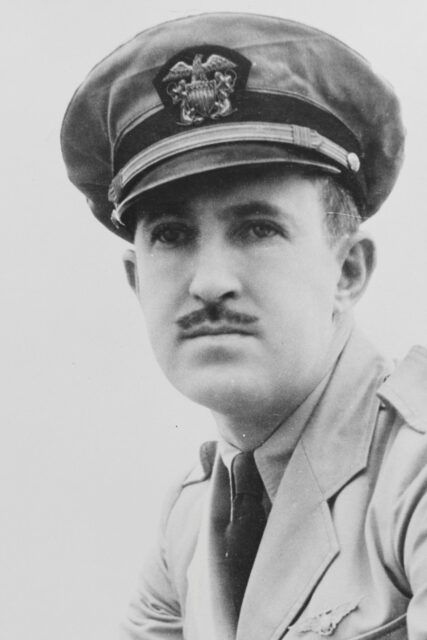
While aboard the USS Barnett, Stanley Johnston roomed with Cmdr. Morton T. Seligman, executive officer of the sunken USS Lexington. Seligman was privy to US Navy intel and received a top-secret message from Adm. Chester Nimitz, no. 311221.
While it’s unknown whether he told Johnston or if the reporter happened upon the note, its contents were soon published for all of the United States to read.
Johnston published 15 first-hand accounts from the Battle of the Coral Sea in the Chicago Tribune. He also wrote up a story on the American victory at Midway, with the title, “Navy Had Word of [Japanese] Plan to Strike at Sea.” It was a story so big that it was picked up by the San Francisco Chronicle and published on its front page.
Implied, but not explicitly stated
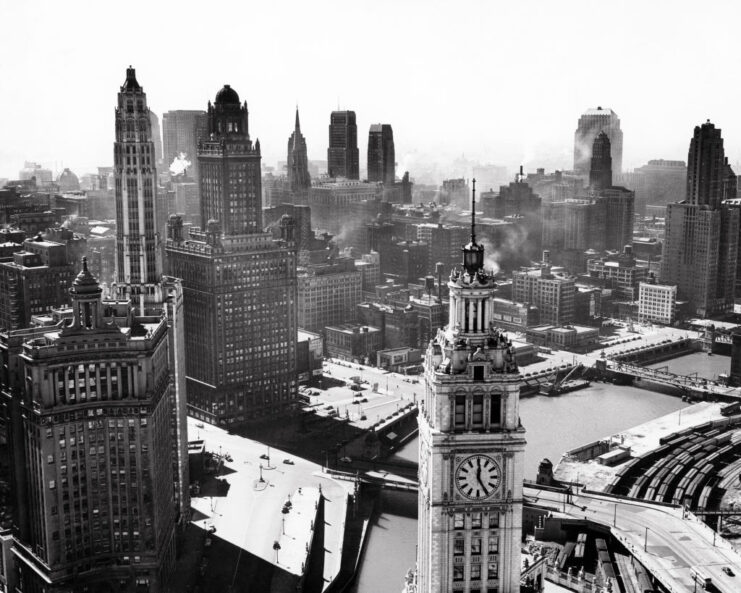
While the story didn’t explicitly state Japanese code had been broken by the US Navy, it did strongly imply that was the case. It explained that officials had advance knowledge about the attack at Midway, along with the size and schedule of the enemy fleet.
The leak caused an uproar within both the Navy and the US government. President Franklin D. Roosevelt was incredibly upset with the journalist, who was aware that such stories required the approval of Washington. While many agreed Naval personnel should have been more discreet with sensitive information, it was policy that reports written from war zones be sent the Naval Censorship Office before publication.
Stanley Johnston was put before a grand jury
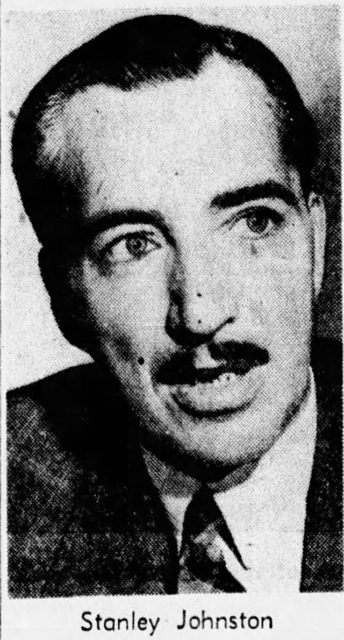
Due to the potential security breach such an article posed, the FBI, the US Navy and the Justice Department all petitioned US Attorney General Francis Biddle to charge Stanley Johnston and Chicago Tribune managing editor Patrick Maloney under the Espionage Act of 1917. The move would be the first and only time the act was used against a journalist.
The first four days of the trial saw witness testimony, with the fifth scheduled to feature Navy brass. The aim was to show the jury how Johnston’s story could negatively impact the country’s war efforts. However, Adm. Ernest King, Chief of Naval Operations, denied the opportunity for his officers to testify. This severely hindered Biddle’s case, as the grand jury found it difficult to indict the men on charges they didn’t fully understand.
Johnston and Maloney were ultimately acquitted of all charges, due to a lack of testimony on behalf of the Navy and because the Espionage Act didn’t cover enemy secrets. This wound up being a blessing in disguise for the Navy, as it meant the matter would soon be forgotten by the American public, lessening the chances of the Japanese learning about the breach.
Aftermath of Stanley Johnston’s actions
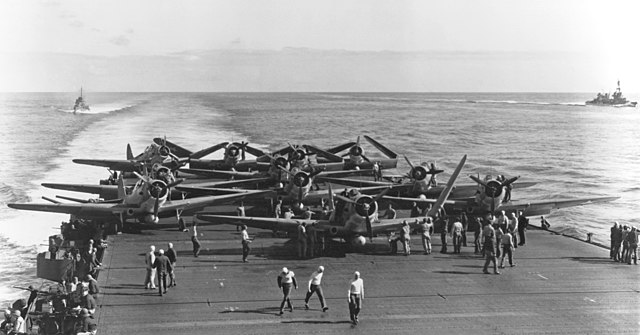
While the grand jury trial was underway, other proposals were discussed regarding possible ramifications against the Chicago Tribune. It was suggested that the US Navy requisition the ships used to bring newsprint across the Great Lakes, while another proposed the suspension of pulp deliveries to Robert R. McCormick, owner of the newspaper. Neither came to fruition.
Luckily for the Navy, the Japanese never learned that the Americans had deciphered their code. While their military updated its code every few months, it never changed to the point of being indecipherable. As well, the basic one (JN-25) was never altered.
More from us: Iva Toguri D’Aquino: The ‘Tokyo Rose’ Who Tried to Help the Allies and Was Convicted of Treason
Morton T. Seligman was punished for his involvement in the leak and transferred to shore duty by Ernest King, never receiving a promotion to captain. The damage to his career was such that he was forcibly retired from naval duties in 1944.
